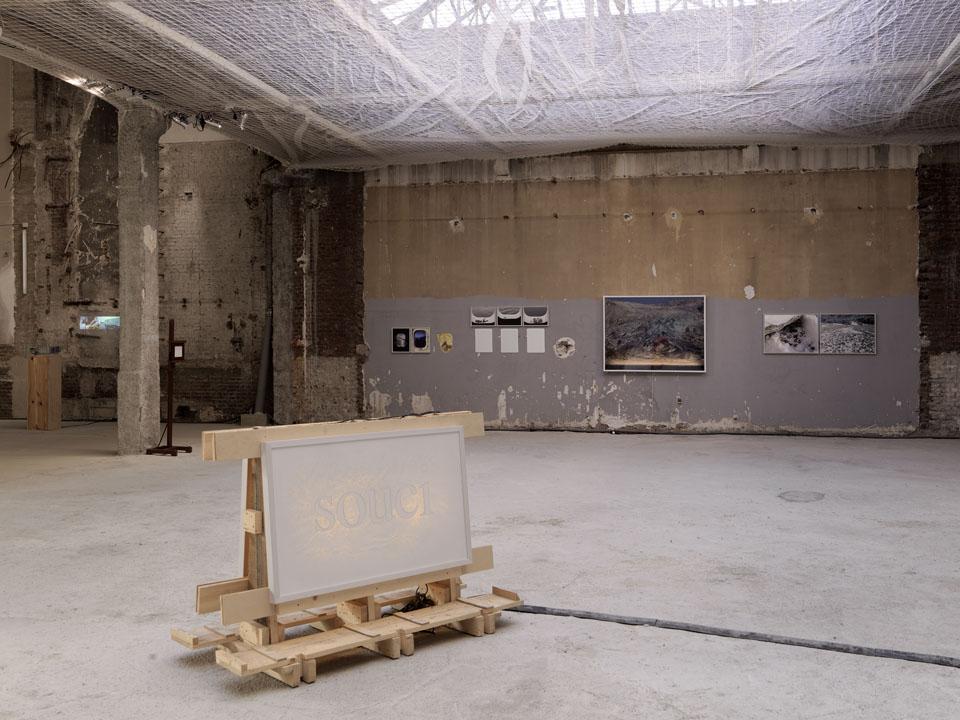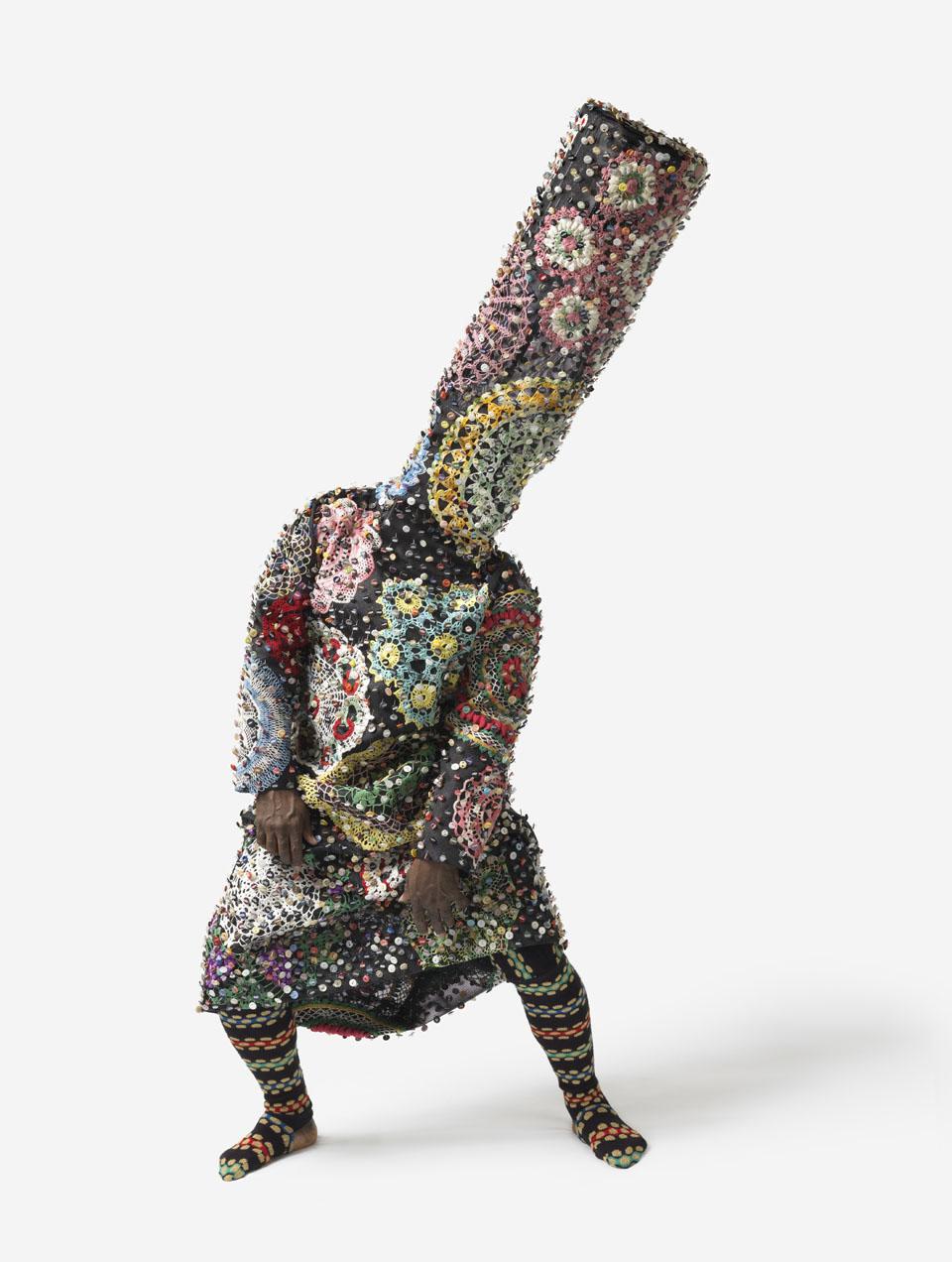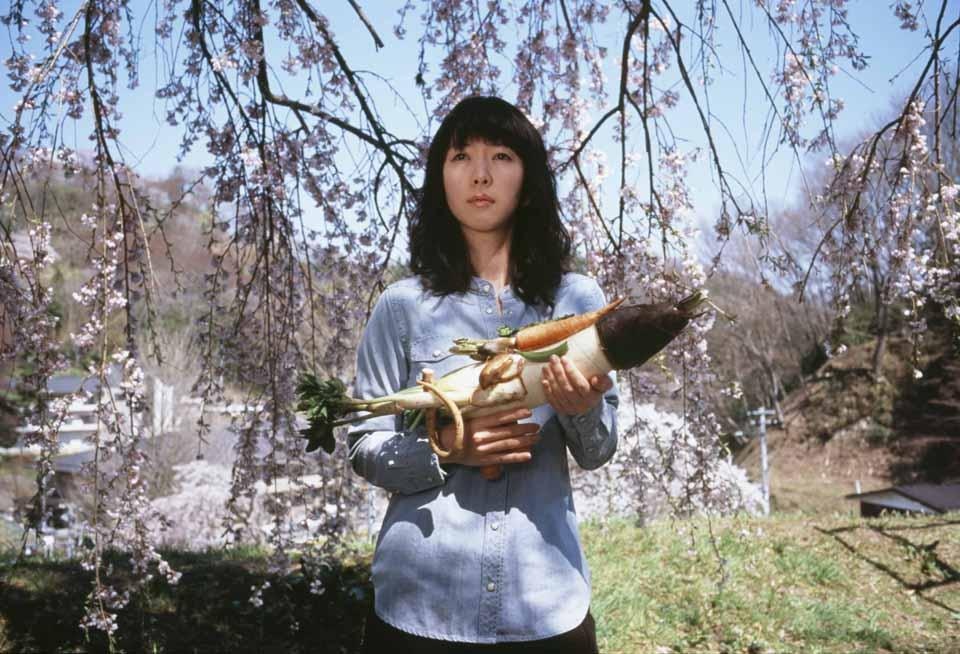The interim edition Prospect 1.5 was completely dedicated to New Orleans artists. Many different venues such as art academies and cultural spaces were involved. The interim program was a great experiment and a great opportunity for the city. So now what about Prospect.2? What did you ask of the artists this time?
Dan Cameron:For Prospect.2 we decided to intensify our focus on those areas where we were most successful the first and second time out, and to create meaningful interactions between the artists and the sites. So yes, we have several projects by international artists producing site-specific interventions, such as Francesco Vezzoli's statue of Sophia Loren made for Charles Moore's 1978 Piazza d'Italia, or Sophie Calle's installation project at the 1850 House, a museum made from a private home. And we have also encouraged other artists, like the painter Alexis Rockman or the sculptor Joyce J. Scott, to produce new pieces based on their direct engagement with the New Orleans region. To finish with the similarities, I would say there has been a greater emphasis this year on new site-specific projects made by New Orleans-based artists like Gina Phillips, Dan Tague and Dawn Dedeaux.
A couple of differences in Prospect.2 are, first, that we have incorporated a couple of historic works, specifically William Eggleston's Nightclub Portraits and Lorraine O'Grady's Art Is…, which are both series that feel contemporary, even though they were obviously created in the 1970s and 1980s. We are also emphasizing performance this year, with somewhat complex productions by both William Pope L and Luke Dubois, one in the morning of Opening Day and the other that evening.
In Prospect.1 there were eighty-one artists; this time there are twenty-eight, many of them celebrated artists. How did you select them and how did the artists' galleries support affect your choice? How did the economic crisis influence the biennial?
The economic crisis is certainly the main reason why we have twenty-eight artists participating this year and not, say, fifity artists. We found this time out that we could successfully raise between 2 and 3 million dollars to finance Prospect.2, whereas in 2008 it was more than 4 million, and this is something that I think most organizations in a similar position to ours are undergoing as well.
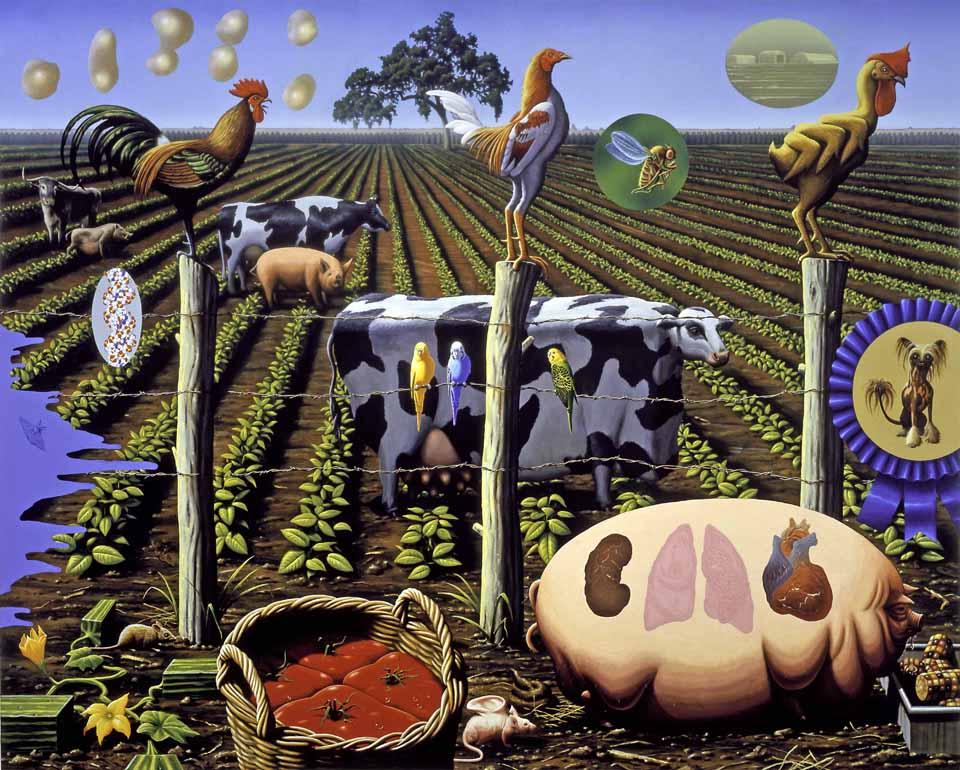
Above: Alexis Rockman, The Farm, 2000. Oil & acrylic on wood panel, 96 x 120 in.
In many cases, we had direct and generous involvement by the artists' galleries, and in other cases it was the artists themselves who were generous. I'm not sure if the tepid amount of participation by some galleries is a purely economic question, or if in fact we're now encountering resistance from sectors of the art world that feel like a biennial in New Orleans is just not a sustainable long-term proposition, whereas I firmly believe that it is.
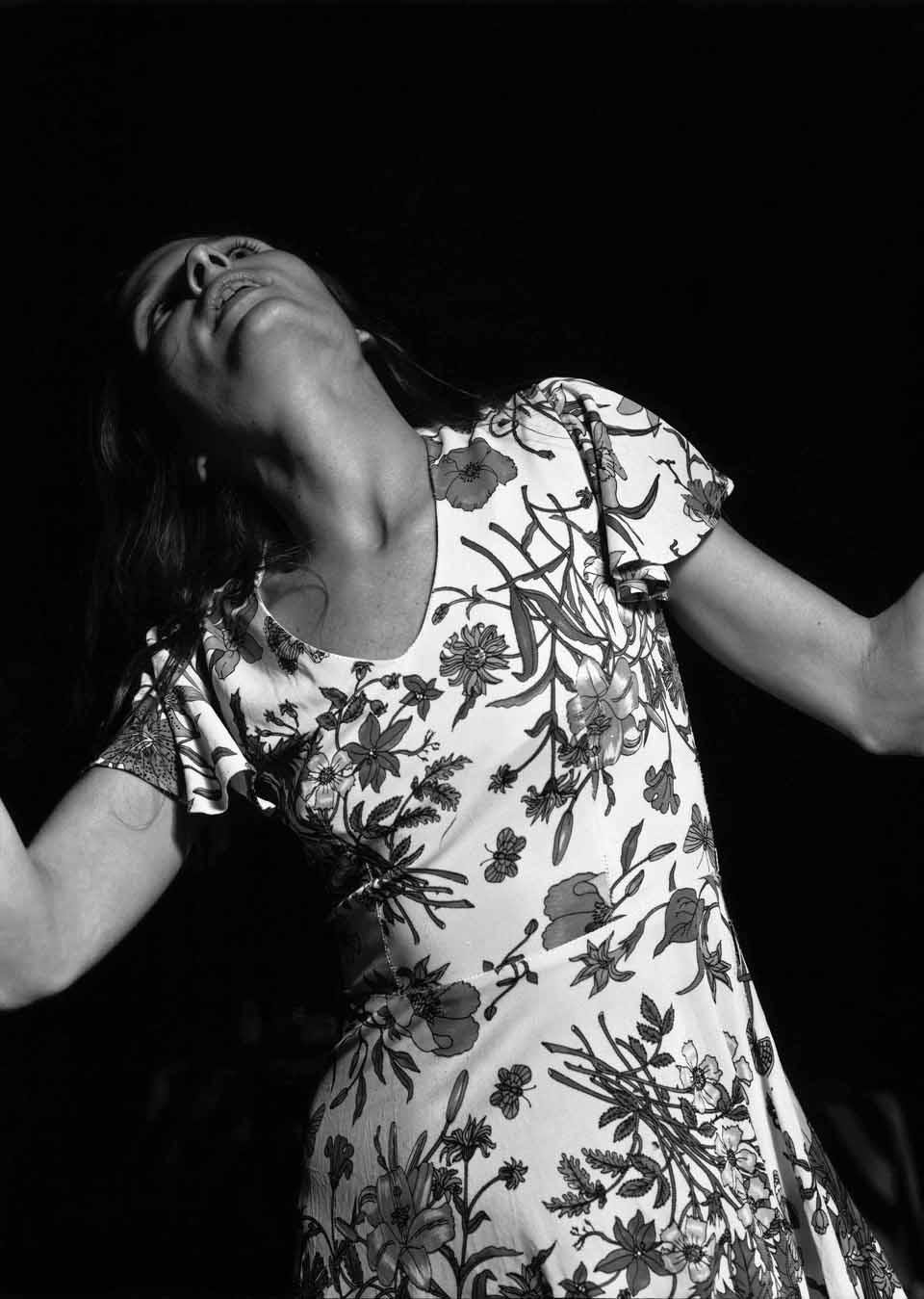
Yes, unquestionably. If there's a difference this time, it's that artists in 2011 seem to know that they're supposed to fall in love with New Orleans, so it's almost as if they're already in love before they get here. In 2007, by contrast, I got the distinct sense that artists, and others, were quite surprised by how deeply in love they fell.
Rigidity in a city like New Orleans doesn't get you anywhere, and I have my doubts whether it accomplishes much in the broader art world, either.
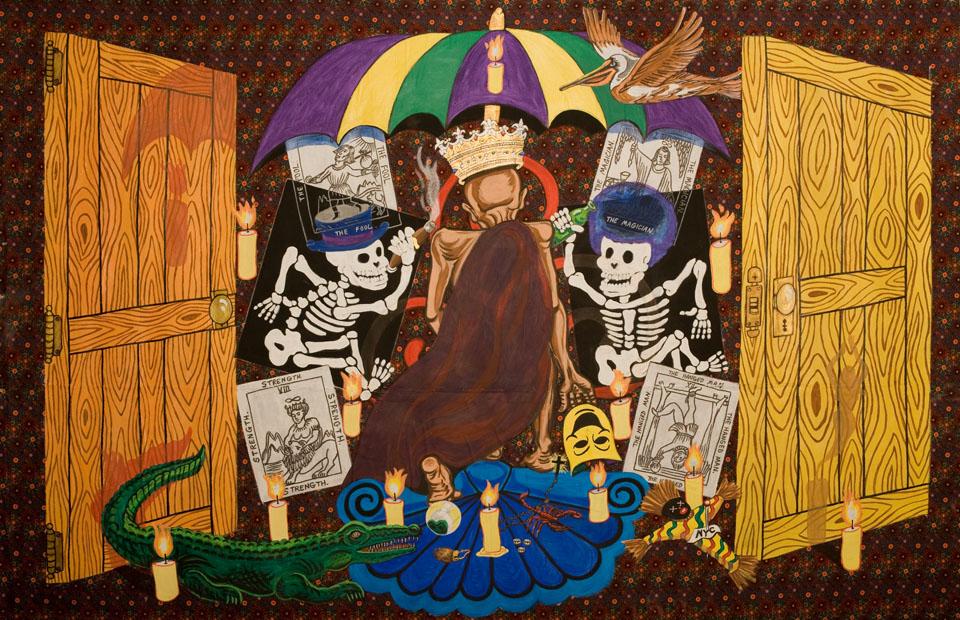
If anything, I would say that the social mission of Prospect New Orleans is more explicit the second time around. Delicate issues of race, class, history, crime, and wetlands erosion seem to be everywhere you turn, which isn't to say that I think the biennial is any more 'political' than it was the first time around, simply that I think we're entering a more demonstrative era when it comes to civic participation in public discourse, and the biennial seems to become a platform for that level of interaction. In this light, the works of New Orleans artists Bruce Davenport, Jr., Gina Phillips, Dan Tague, Robert Tannen, Keith Duncan, and Ashton Ramsey share a quality of keeping their content quite explicit, and I have even come to feel that this is a kind of hallmark of the work being made there.
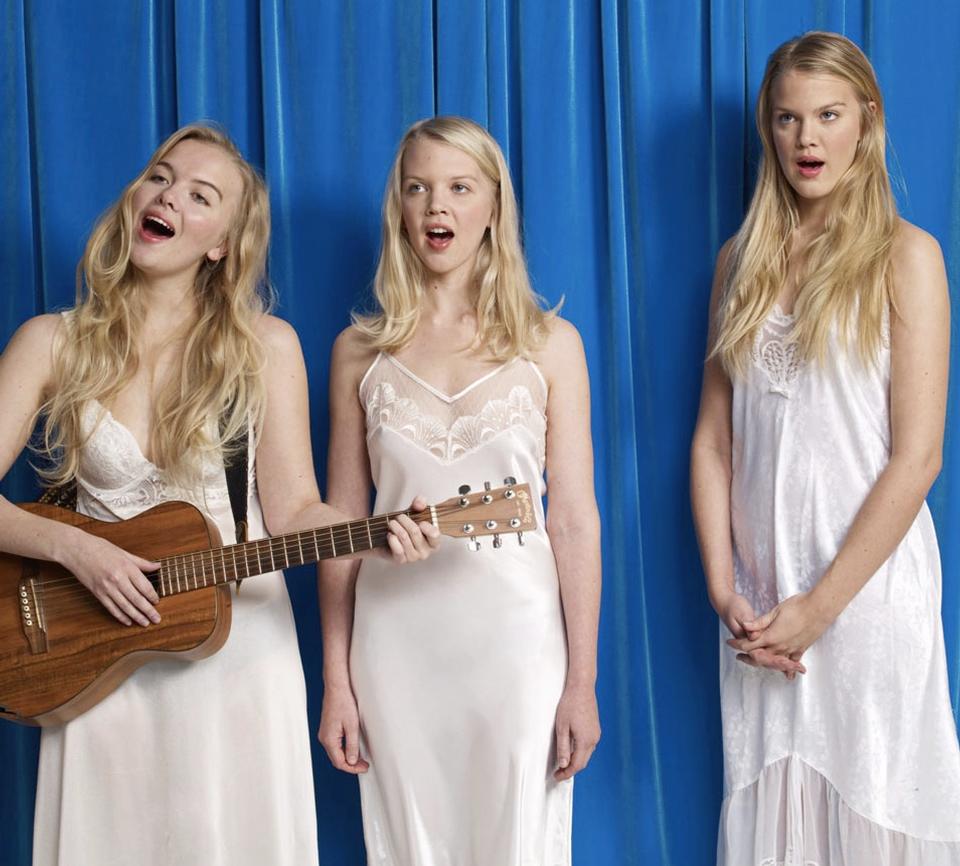
We're collaborating with a host of community organizations this year, and we have noticed a deeper citywide appreciation of what Prospect offers to New Orleans, at all economic and cultural levels. If I actually listed all the non-profits, schools, universities, and volunteer organizations that are helping contribute to our success, there wouldn't be much space for anything else!
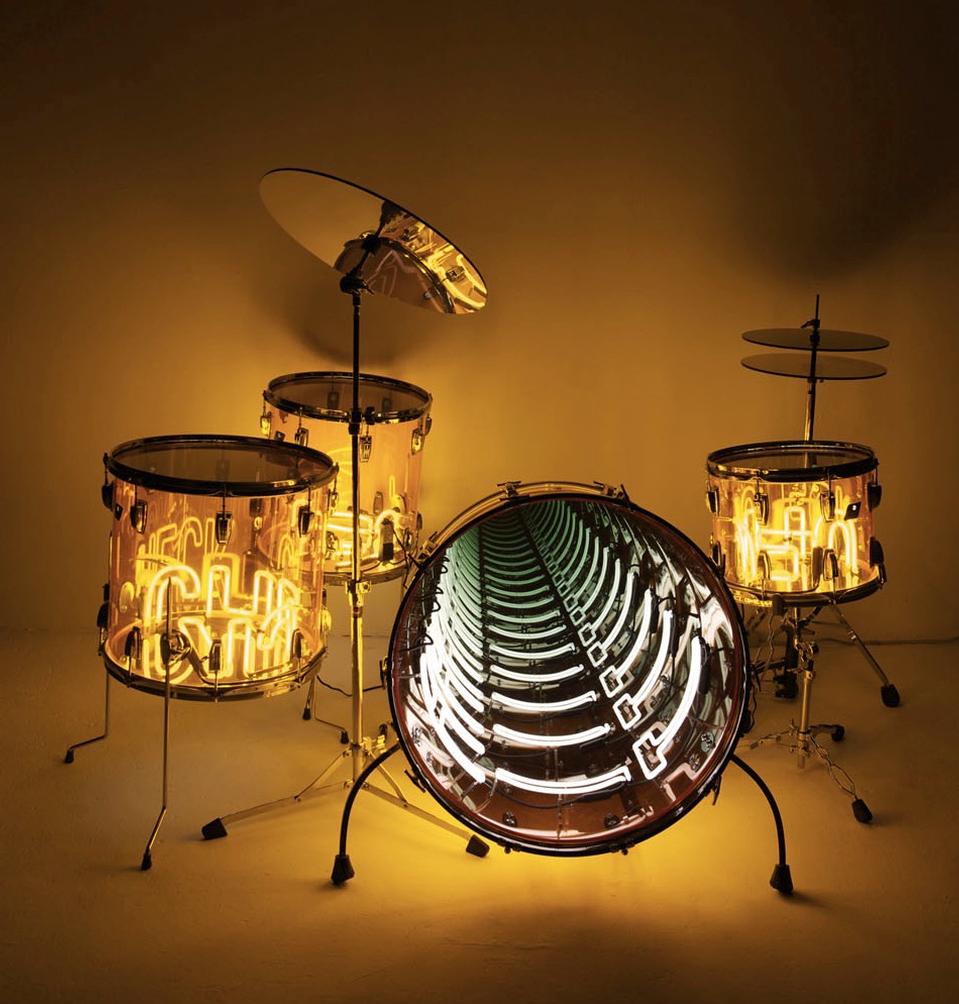
What have you had to change in this prediction? Do you feel a little bit wiser?
I feel more experienced now, although not necessarily wiser. What happens each time a commitment like this one is made is that it becomes impossible not to undergo a number of challenges, and I think that if I've learned anything at all in the process, it's about being open to change. Rigidity in a city like New Orleans doesn't get you anywhere, and I have my doubts whether it accomplishes much in the broader art world, either. What I hope, of course, is that Prospect.2 is every bit as good as Prospect.1 from the viewers' perspective, but even more that that I'd like people to also understand that we're not going backward in time, we're going forward, and that hopefully Prospect.3 in 2013 will be every bit as different from this edition as this year's version is from the original.
